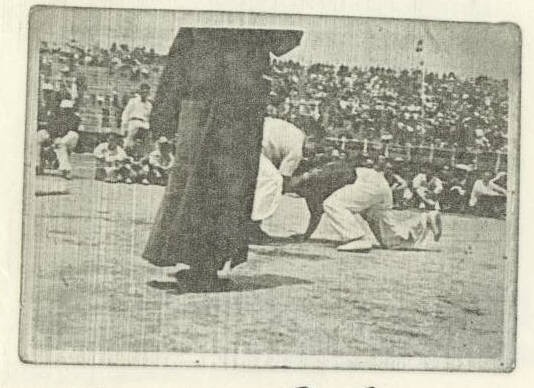Every time you drop low, you will give your opponent's a chance to crash you from top.
Here is some video of the taller guy, changing levels and taking down the shorter guy from below. In some, he is going under the the other guys head punch. In others, he feints the guy to believe the attack is to the head, then drops under.

